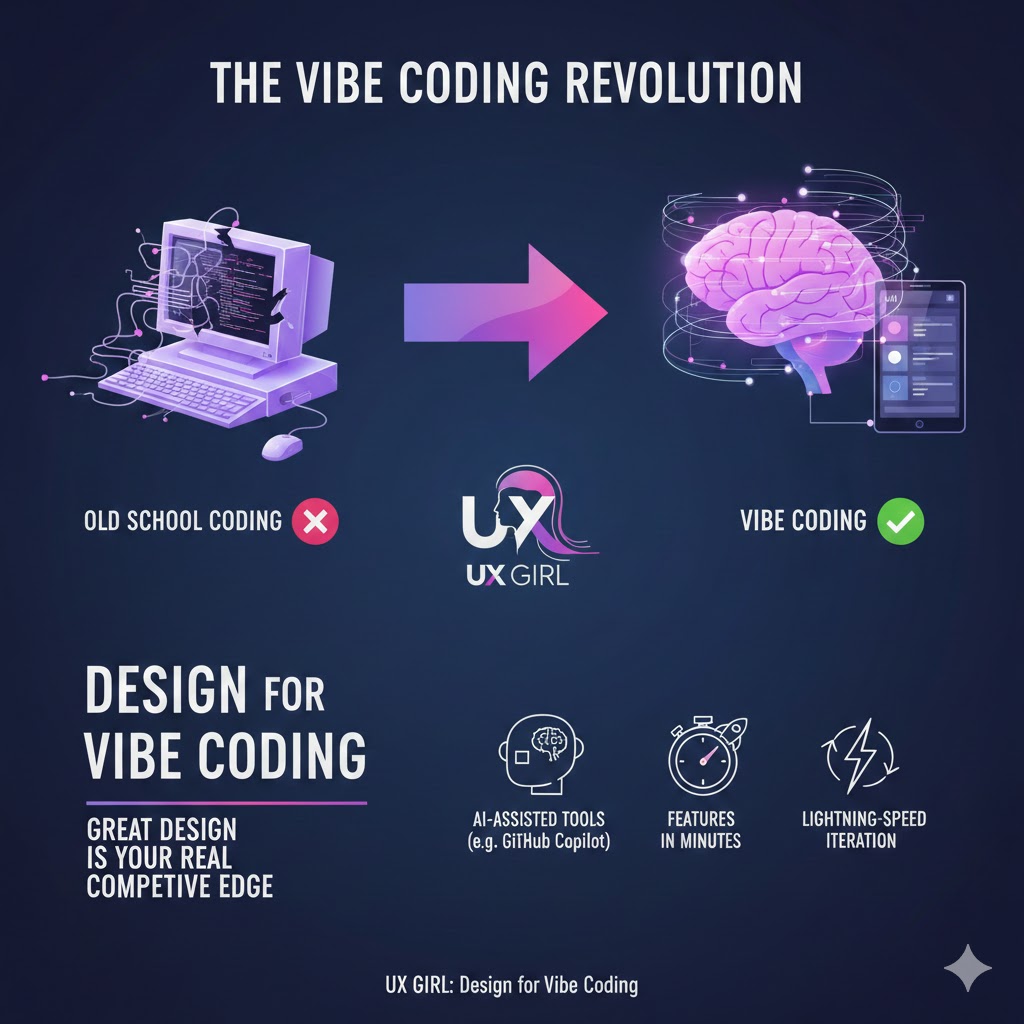Artificial Intelligence (AI) is transforming industries, and UX research is no exception. AI-powered systems simulate human intelligence, learning from data, identifying patterns, and making informed decisions. In the realm of UX, AI enhances research by optimizing workflows, increasing efficiency, and personalizing user experiences. Rather than replacing traditional methods, it serves as a powerful complement, helping teams uncover deeper insights and create more intuitive digital products.

The Influence of AI on UX Research
AI can be integrated into various stages of UX research to improve effectiveness and provide richer understanding. Here’s how AI can be utilized in each phase:
- Design: AI can contribute to the development of research materials. This includes creating interview and focus group guides, survey questions, and research strategies. AI can also facilitate brainstorming and planning, supporting the establishment of research goals.
- Recruitment: While some researchers don't use AI for recruitment, it can automate the process of identifying and engaging participants, managing invitations and communication.
- Testing and Facilitation: AI-driven tools can manage usability testing, eye-tracking studies, heatmaping and emotional response analysis autonomously, accelerating data acquisition. AI can also transcribe audio from user sessions and analyze user sentiment in real time.

Uizard offers an AI- powered heat mapping process. This tool can help designers tweak their designs at the early stage, before testing it with real users.

Otter.ai can transcribe both live and recorded videos, making it easier to capture and review key insights. It also generates action items, streamlining workflows and enhancing productivity for UX researchers.
- Analysis and Synthesis: AI has the ability to process vast datasets, uncovering patterns and meaningful insights. It can efficiently summarize notes, transcripts, and open-ended feedback, streamlining the research process. Additionally, AI supports thematic and cluster analysis, allowing researchers to focus on interpreting findings and driving strategic decision-making.
- Reporting: AI can aid in summarizing key findings and translating insights into easily digestible visuals. It can also contribute to the creation of report content.
- Storage and Repository: AI can integrate data from multiple sources, enabling researchers to explore research questions and uncover hidden connections. Tools like NotebookLM, for instance, allow users to consolidate sources and interact with them through chat, making it easier to retrieve specific insights and streamline analysis.

NotebookLM serves as a centralized hub for storing project documents, making it easy to organize and access important research materials. Its chat feature allows users to ask specific questions, quickly retrieving relevant insights. Additionally, you can generate a podcast-style audio version of the content, providing a more digestible and convenient way to absorb information on the go.
AI Tools for UX Research
A range of AI-powered tools has emerged to empower UX researchers and optimize their workflows. These tools can automate research tasks, analyze user feedback, and generate insights more efficiently.
Examples include:
- ChatGPT, Gemini, Claude, Perplexity: General-purpose AI platforms utilized for research planning, background research, and generating interview or survey questions. According to a User Interviews report, 60% of designers state using all-purpose AI for research work.
- Figma’s Figjam AI, Notion AI, Miro AI: AI-enhanced features within common UX tools that support ideation and collaboration.

Miro AI provides time-saving tools for designers by automating tasks such as data analysis and topic clustering. By handling these repetitive processes, AI allows designers to concentrate on generating ideas and building creative solutions based on the organized content.
- Research-Specific AI Tools: Gemini Deep Research, STORM, NotebookLM and similar platforms assist in conducting in-depth research and focusing on key topics.

STORM AI, developed by Stanford University, is an advanced AI model designed to assist with research planning and material gathering. Optimized for scientific research, it streamlines the process by providing structured insights and relevant resources.
- AI-powered Social Media Monitoring Tools: Analyze user sentiment toward a product or brand by categorizing social media posts and comments.
- Voice and Speech Analysis Tools: Employ speech recognition and sentiment analysis to interpret emotions in user interactions.
- AI Analytics Tools: Help gather insights from various sources, such as user interactions, feedback, and social media.
- AI Visualization Tools: Help create visually appealing reports or pitch decks for stakeholders.
Conclusion
AI is a powerful tool for enhancing and streamlining the UX research process, allowing researchers to focus on strategic thinking, pattern recognition, and design solutions rather than getting bogged down by routine tasks. It can also help overcome creative blocks and accelerate project kick-offs.
When used effectively, AI can significantly speed up various research stages—from crafting discussion guides to synthesizing insights. However, human oversight remains essential to ensure accuracy, contextual relevance, and empathy in UX research.
AI should be seen as an assistant rather than a replacement for UX professionals. While it excels at automation and data analysis, human expertise is irreplaceable for creative problem-solving and deep user understanding. By thoughtfully integrating AI into research workflows, teams can strike a balance between efficiency and delivering meaningful, user-centered design outcomes.


.jpg)


.jpg)
.svg)

.jpg)
.jpg)








